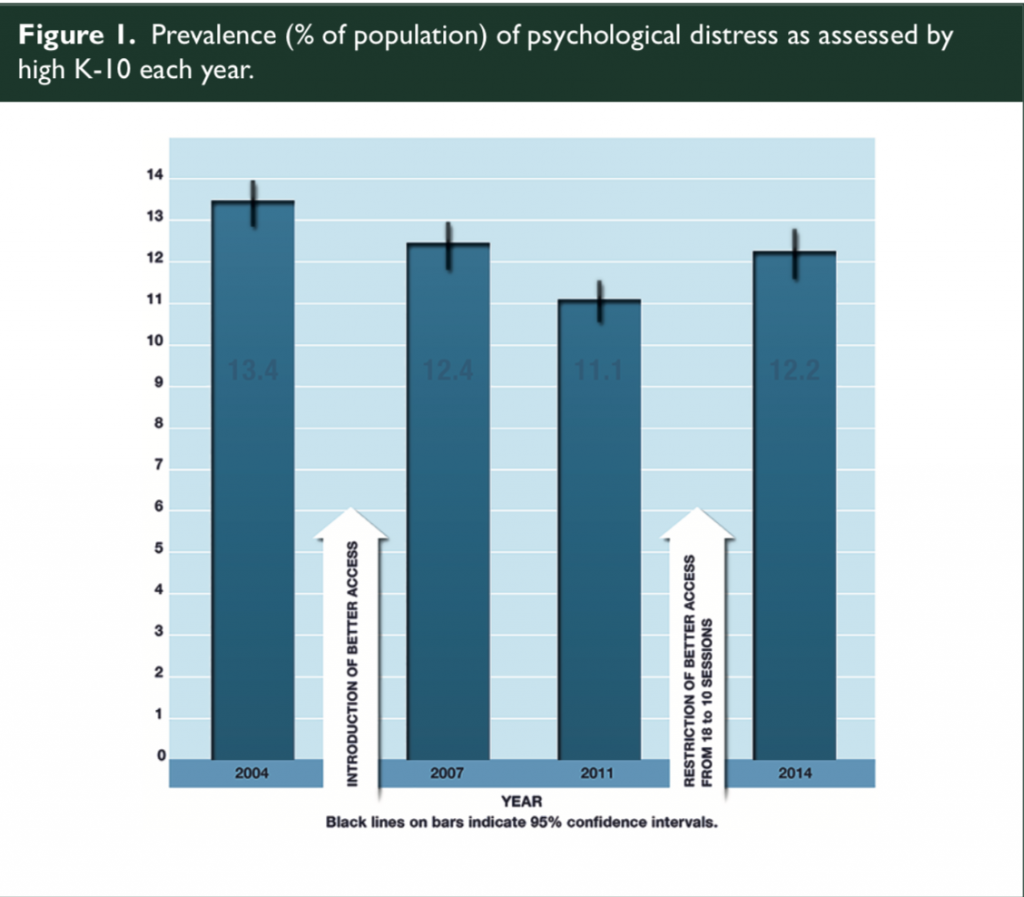Choosing the Best Digital Mental Health Tools for Patients
Written by Clinical Psychologist Tania McMahon
Digital Mental Health tools and resources are becoming an increasingly important part of our mental health system. They provide effective, evidence-based intervention for patients with mild-to-moderate mental health symptoms, and they can be a fantastic option for patients who experience barriers to accessing face-to-face psychological care (e.g. finances, location, stigma).
However, with a huge selection of digital mental health tools available (e.g. there are an estimated 1400+ mental health apps on the app store), health practitioners face the challenging task of finding and selecting suitable tools for patients on platforms that lack regulation or reliable quality assurance (e.g. the star-rating system on the app store is easily exploited).
A major concern of many practitioners is the quality of the interventions provided by these digital services, as well as concerns about privacy and data security of highly sensitive information. To help address this, the Australian Commission on Safety and Quality in Health Care is undertaking a project to develop national safety and quality standards and a certification framework for digital mental health services. The goal of certification of services is to increase user confidence, increase usage and increase consumer choice in digital mental health services.
With this certification framework still a little while off, the onus is currently on health practitioners and users to individually assess the quality of digital mental health services. While this can feel like an overwhelming task, it doesn’t have to be! Here are a few helpful options, including questions you can ask and steps you can take to help make the right decision:
For Apps – use the Mobile App Rating Scale (MARS)
- Researchers at QUT have developed and validated the world’s first known mental health app quality rating tool (the MARS), to provide a multidimensional measure of the quality of each app. The indicators include engagement, functionality, aesthetics, information quality, and app subjective quality.
- More information about the MARS (including a free download of the tool) is available here.
For all other services (e.g. websites, online programs)
- Is it user-friendly and engaging?
- Is it easy to navigate and use? Is information easy to find?
- Is it engaging and pleasant to use?
- Is the information clearly communicated?
- Will users want to access it enough to get the full benefit?
- Is the content clinically safe?
- There should be transparency about who owns the service and what the funding sources are (so that you can identify any conflicts of interest).
- There should be transparency about how the content was developed and by whom (e.g. through university research or a government grant, and what the expertise of the content developers is). Services developed by government-funded bodies and institutions are likely to be the most reliable in terms of content and efficacy. Check out Head to Health for a searchable index of Australian, government-funded digital mental health services.
- There should be some evidence as to the efficacy of the service - ideally a Randomised-Controlled Trial or other evaluative process. However, if not (as RCTs can be difficult to fund), digital adaptations of well-established efficacious treatment interventions (e.g. CBT) can generally be considered effective as long as the treatment is clearly communicated (i.e. something that claims to be online CBT clearly appears to be).
- Are there any treatment elements that could cause harm?
- There should be options for at-risk users to self-identify and seek further help (e.g. a ‘Get Help Now’ button that leads to Crisis Line information).
- If there are health professionals involved in the delivery of the service (e.g. conducting telephone assessments, moderating online forums), do they have appropriate qualifications?
- Does it protect privacy and is it secure?
- Is the site secure?
- There should be clear information about how personal data is used and protected.
- The service should have a privacy policy stating that user information is not sold on to third parties.
To get started in your search for helpful digital mental health services, begin here:
- Check out the Australian government’s ‘Head to Health’ digital mental health gateway - https://headtohealth.gov.au.
- Search for some relevant services and try out one or two for yourself; evaluate them using the questions above (or the MARS, if it is an app).
- See if they would be suitable for your clients – if so, great! If not, head back to Head to Health and search for another.




 We all know that a group of adults and a group of children playing look like different species. If you’re going to help teach your child how to play, you need to find and release your inner child. A few key pointers to look out for – 1) kids don’t talk and explain themselves as much as adults, they just do stuff and get on with it, 2) kids lose themselves in the moment, they’re not pretending to be Spiderman, they are Spiderman, and 3) kids join in on play by announcing their role in the game, not by waiting to be given one (“I’m the postman!”).
We all know that a group of adults and a group of children playing look like different species. If you’re going to help teach your child how to play, you need to find and release your inner child. A few key pointers to look out for – 1) kids don’t talk and explain themselves as much as adults, they just do stuff and get on with it, 2) kids lose themselves in the moment, they’re not pretending to be Spiderman, they are Spiderman, and 3) kids join in on play by announcing their role in the game, not by waiting to be given one (“I’m the postman!”).
 As a parent, supporting your child or teenager through mental health challenges can seem overwhelming. Many parents find themselves wondering – What do I do now? Who can help me?
As a parent, supporting your child or teenager through mental health challenges can seem overwhelming. Many parents find themselves wondering – What do I do now? Who can help me?![Girl Laptop 2 (free comm use)[1]](http://www.benchmarkpsychology.com.au/wp-content/uploads/Girl-Laptop-2-free-comm-use1-300x200.jpg)